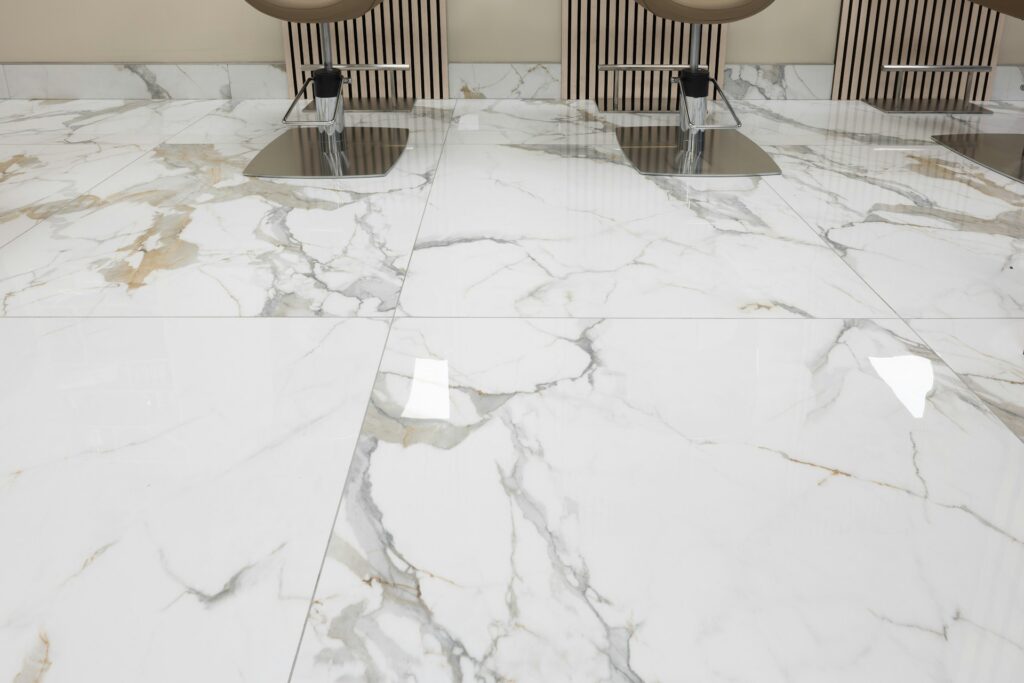Introduction: Welcome to the ultimate guide on flooring options! Your choice of flooring can significantly impact the aesthetics, functionality, and ambiance of your space. Whether you’re renovating your home or designing a new one, understanding the various flooring materials and styles available is essential. In this comprehensive guide, we’ll explore different flooring options, their characteristics, pros, and cons, helping you make an informed decision that suits your needs and preferences.
Types and Categories
1. Hardwood Flooring
Hardwood flooring exudes timeless elegance and adds warmth to any room. Available in various wood species such as oak, maple, and cherry, hardwood floors offer durability and can be refinished multiple times, making them a long-term investment.
2. Laminate Flooring
Laminate flooring is a cost-effective alternative to hardwood, mimicking the look of natural wood. It’s highly durable, scratch-resistant, and easy to maintain, making it ideal for high-traffic areas like living rooms and kitchens.
3. Vinyl Flooring
Vinyl flooring comes in sheets, tiles, or planks and offers versatility in design. It’s waterproof, making it suitable for bathrooms and basements, and it’s available in a wide range of colors, patterns, and textures.
4. Tile Flooring
Tile flooring, including ceramic, porcelain, and natural stone tiles, offers durability and endless design possibilities. It’s ideal for areas prone to moisture, such as kitchens and bathrooms, and is easy to clean and maintain.
5. Carpet Flooring
Carpet flooring provides comfort and insulation, making it perfect for bedrooms and living areas. It comes in various materials, including nylon, polyester, and wool, offering options for different budgets and preferences.
Symptoms and Signs
1. Wear and Tear
Over time, flooring can show signs of wear and tear, including scratches, dents, and stains, affecting its appearance and functionality.
2. Moisture Damage
Excessive moisture can cause damage to certain types of flooring, such as hardwood and laminate, leading to warping, buckling, and mold growth.
3. Fading
Direct sunlight exposure can cause fading and discoloration of certain flooring materials, particularly hardwood and carpet.
Causes and Risk Factors
1. Environmental Factors
Factors such as humidity, temperature fluctuations, and exposure to sunlight can impact the condition of flooring over time.
2. Heavy Foot Traffic
High foot traffic areas are prone to more wear and tear, requiring durable flooring options that can withstand constant use.
3. Spills and Accidents
Accidental spills and mishaps can damage flooring if not cleaned up promptly, especially on materials susceptible to moisture damage like hardwood and laminate.
Diagnosis and Tests
1. Visual Inspection
A visual inspection can reveal signs of damage or wear on the flooring surface, helping identify the extent of repairs or replacement needed.
2. Moisture Testing
For areas prone to moisture, such as basements and bathrooms, moisture testing can determine the suitability of different flooring materials and prevent issues like mold growth.
3. Professional Consultation
Seeking advice from flooring professionals can provide valuable insights into the best flooring options based on your specific needs, budget, and lifestyle.
Treatment Options
1. Repair and Refinishing
For damaged hardwood flooring, repair and refinishing services can restore its appearance and extend its lifespan, saving you the cost of replacement.
2. Replacement
In cases of severe damage or outdated flooring, replacement may be the best option to achieve the desired aesthetic and functionality.
3. Protective Measures
Implementing preventive measures such as area rugs, furniture pads, and regular maintenance routines can help preserve the condition of your flooring and prolong its lifespan.
Preventive Measures
1. Regular Maintenance
Routine cleaning and maintenance, including sweeping, vacuuming, and mopping, can prevent dirt buildup and prolong the life of your flooring.
2. Use Area Rugs and Mats
Placing area rugs and mats in high-traffic areas and entryways can protect the flooring from scratches, spills, and wear.
3. Manage Humidity Levels
Maintaining optimal humidity levels in your home can prevent moisture-related issues like warping and mold growth, preserving the integrity of your flooring.
Personal Stories or Case Studies
1. Sarah’s Hardwood Flooring Experience
Sarah shares her journey of installing hardwood flooring in her home, discussing the challenges, benefits, and maintenance tips she learned along the way.
2. John’s Laminate Flooring Makeover
John transformed his outdated kitchen with laminate flooring, sharing before-and-after photos and insights into the installation process and cost savings.
Expert Insights
1. Flooring Specialist, Dr. Emily White
“Choosing the right flooring involves considering factors such as durability, maintenance requirements, and aesthetic appeal. Consulting with a flooring specialist can help you make an informed decision that meets your needs.”
Conclusion
In conclusion, selecting the right flooring is crucial for enhancing the beauty, functionality, and value of your home. By understanding the different types of flooring options, their characteristics, and maintenance requirements, you can make a confident choice that suits your lifestyle and budget.

